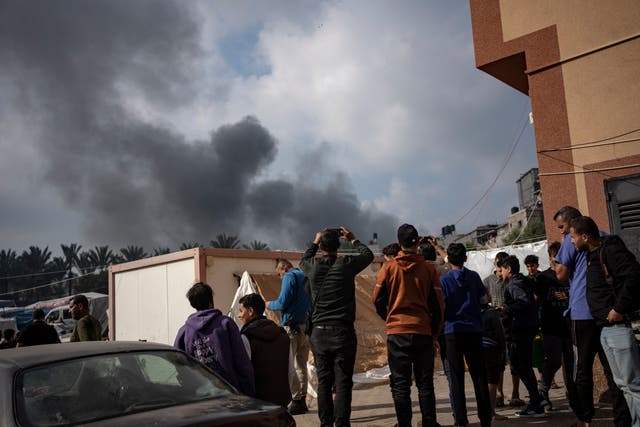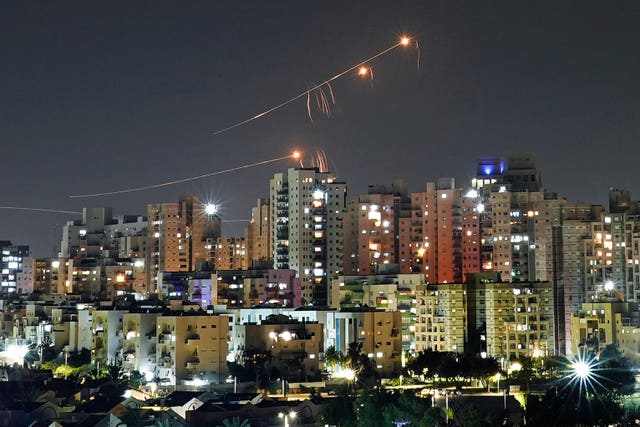Israel intensifies assault on southern Gaza amid fears over civilian deaths
At least 178 Palestinians have been killed since the fighting resumed on Friday morning.

Israel has pounded more targets in the southern Gaza Strip, intensifying a renewed offensive that followed a week-long truce with Hamas and prompting renewed concerns about civilian casualties.
At least 200 Palestinians have been killed since the fighting resumed on Friday morning, even as the US urged ally Israel to do everything possible to protect civilians.
“This is going to be very important going forward,” secretary of state Antony Blinken said on Friday after meetings with Arab foreign ministers in Dubai, wrapping up his third Middle East tour since the war started. “It’s something we’re going to be looking at very closely.”
Many of Israel’s attacks on Saturday were focused on the Khan Younis area in southern Gaza, where the military said it had struck more than 50 Hamas targets with air strikes, tank fire and its navy.
“There is no place to go,” said Emad Hajar, who fled with his wife and three children from the northern town of Beit Lahia a month ago to seek refuge in Khan Younis.
“They expelled us from the north, and now they are pushing us to leave the south.”
Two million people — almost Gaza’s entire population — are crammed into the territory’s south, where Israel urged people to relocate at the war’s start and has since vowed to extend its ground assault.
Unable to go into north Gaza or neighbouring Egypt, their only escape is to move around within the 85 square mile area.
In response to US calls to protect civilians, the Israeli military released an online map, but it has done more to confuse than to help.
It divides the Gaza Strip into hundreds of numbered, haphazardly drawn parcels, sometimes across roads or blocks, and asks residents to learn the number of their location in case of an eventual evacuation.

In the first use of the map to order evacuations, Avichay Adraee, the Israeli military’s Arabic spokesman, specified areas in the north and the south to be cleared on Saturday
He posted numbered zones under evacuation order, but the highlighted areas on maps attached to his post did not match the numbered zones.
Egypt has expressed concerns that the renewed offensive could cause Palestinians to try to cross into its territory. In a statement, the Foreign Ministry said the forced transfer of Palestinians “is a red line”.
US vice president Kamala Harris is expected to outline proposals with regional leaders to “put Palestinian voices at the centre” of planning the next steps for the Gaza Strip after the conflict, according to the White House.
President Joe Biden’s administration has been emphasising the need for an eventual two-state solution, with Israel and a Palestinian state co-existing.
The renewed hostilities have also heightened concerns for 136 hostages who, according to the Israeli military, are still held captive by Hamas and other militants after 105 were freed during the truce.

During the truce, Israel freed 240 Palestinians from its prisons. Most of those released from both sides were women and children.
The war began after the October 7 attack by Hamas and other militants, who killed about 1,200 people, mostly civilians, in southern Israel and took around 240 people captive.
After the end of the truce, militants in Gaza resumed firing rockets into Israel, and fighting broke out between Israel and Hezbollah militants operating along its northern border with Lebanon.
Hundreds of thousands of people fled northern Gaza to Khan Younis and other parts of the south earlier in the war, part of a mass exodus that has left three-quarters of the population displaced and facing widespread shortages of food, water and other supplies.
Since the resumption of hostilities, no aid convoys or fuel deliveries have entered Gaza, and humanitarian operations in the territory have largely halted, according to the UN.
